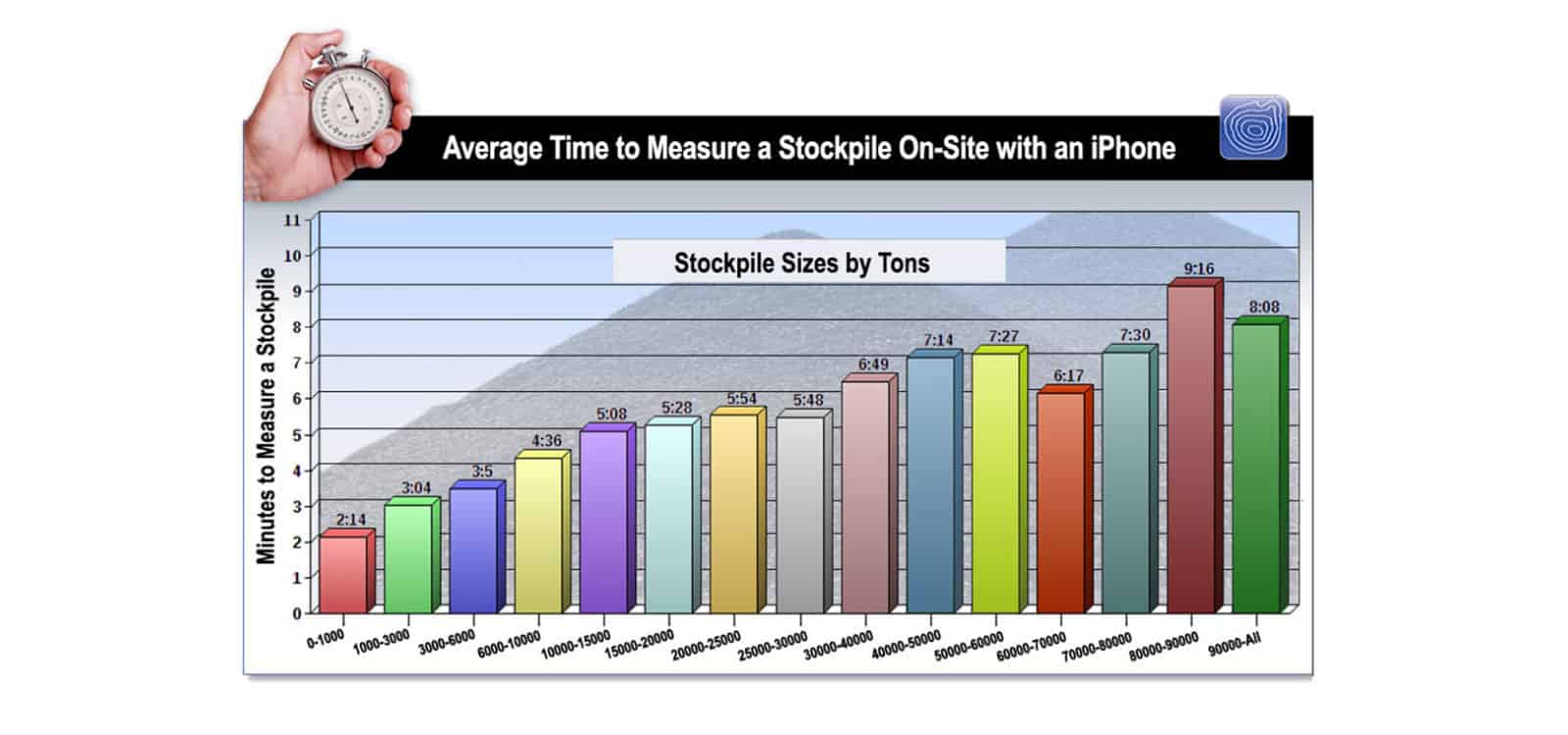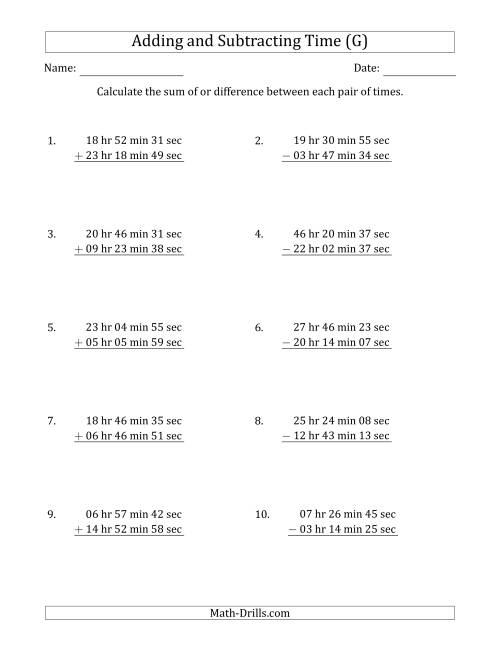A second is part of other units, such as frequency measured in hertz (inverse seconds or second−1), speed and acceleration . The metric system unit becquerel, a measure of radioactive decay, is measured in inverse seconds. The meter is defined in terms of the speed of light and the second; definitions of the metric base units kilogram, ampere, kelvin, and candela also depend on the second. The only base unit whose definition does not depend on the second is the mole. Of the 22 named derived units of the SI, only two , do not depend on the second.
The Egyptian civilization is often credited as being the first civilization that divided the day into smaller parts, due to documented evidence of their use of sundials. The earliest sundials divided the period between sunrise and sunset into 12 parts. Since sundials could not be used after sunset, measuring the passage of night was more difficult. Egyptian astronomers noticed patterns in a set of stars however, and used 12 of those stars to create 12 divisions of night.
Having these two 12 part divisions of day and night is one theory behind where the concept of a 24-hour day originated. The divisions created by the Egyptians however, varied based on the time of the year, with summer hours being much longer than those of winter. It was not until later, around 147 to 127 BC that a Greek astronomer Hipparchus proposed dividing the day into 12 hours of daylight and 12 hours of darkness based on the days of the equinox. This constituted the 24 hours that would later be known as equinoctial hours and would result in days with hours of equal length. Despite this, fixed-length hours only became commonplace during the 14th century along with the advent of mechanical clocks.
This worksheet is a great way for children to practise converting between different units of time — hours, minutes and seconds. In the first task, they will decide which unit of time it is most appropriate to use, before completing the conversion tables between hours and minutes and minutes and seconds. Minute is a unit of time measurement that is equal to 1/60 of an hour or 60 seconds. Minute is also a unit used in geometry for measuring angle, as well as for defining latitude and longitude of a point on the surface of earth. The hours, minutes, and seconds clockThe division of each hour into 60 minutes and minutes into 60 seconds came from ancient Babylon. The Babylonians used the hexadecimal numbering system in such sciences as mathematics and astronomy.
They also divided the day into 360 parts because that was their calculated number of days in a year. From there also came the division of the circle into 360 degrees. Thanks to the ancient civilizations that defined and preserved the divisions of time, modern society still conceives of a day of 24 hours, an hour of 60 minutes and a minute of 60 seconds.
Advances in the science of timekeeping, however, have changed how these units are defined. This changed in 1967, when the second was redefined as the duration of 9,192,631,770 energy transitions of the cesium atom. This recharacterization ushered in the era of atomic timekeeping and Coordinated Universal Time . The whole world uses the same system to measure time.
Well, just take a look at a watch or a clock, and you will see. These are called units of time, as they are used to measure time. If you spend some time watching a really old clock with the moving arms, you will see that your second hand moves the fastest, followed by your minute arm and then your hour arm. You will also see that your clock only shows 60 seconds and 60 minutes. This is because the units of time do not follow the same counting system as the money system. The money system has a simple 100 pennies in a dollar and 100 dollars in a hundred.
The time system works differently, and when you need to convert between your time units of hours, minutes and seconds, you need to take that into account. There are several ways to measure the size of an angle. (Radian measure is another way.) In a complete circle there are three hundred and sixty degrees. An angle could have a measurement of 35.75 degrees. That is, the size of the angle in this case would be thirty-five full degrees plus seventy-five hundredths, or three fourths, of an additional degree.
Notice that here we are expressing the measurement as a decimal number. Using decimal numbers like this one can express angles to any precision - to hundredths of a degree, to thousandths of a degree, and so on. There is another way to state the size of an angle, one that subdivides a degree using a system different than the decimal number example given above. The degree is divided into sixty parts called minutes. These minutes are further divided into sixty parts called seconds.
The words minute and second used in this context have no immediate connection to how those words are usually used as amounts of time. Calendars are useful tools to help us keep track of events that are going to happen and to plan our lives accordingly. We can add information to them about important events and dates to a calendar, to help us remember what is happening when.
We can read off days, weeks and months on a calendar and do conversions between these units of time. Today, 5,000 years after the Sumerians first began using 60, we divide our days by hours, minutes and seconds. In recent years, we have changed how the units are measured. No longer derived by dividing astronomical events into smaller parts, the second is now defined on the atomic level. Specifically, a second is the duration of 9,192,631,770 energy transitions of the cesium atom.
Minute and second subdivisions were not always standard from civilization to civilization, and often depended on what technology was available to measure them. Prior to this, hour subdivisions, if present, were by fractions (1/5 of an hour for instance). Hours have often been considered to be similar to the unit of time we use today , but minutes and seconds have been very different at different times. Most ancient societies divided used a unit of time equal to 1/12 of a daylight period or 1/24 of a full solar day. Scholars believe that this was due to the lunar cycles, which divide the year into 12 months, so 12 was a consistent number to subdivide by. The first pendulum mechanical clock was created by Christiaan Huygens in 1656, and was the first clock regulated by a mechanism with a "natural" period of oscillation.
Huygens managed to refine his pendulum clock to have errors of fewer than 10 seconds a day. Today however, atomic clocks are the most accurate devices for time measurement. Atomic clocks use an electronic oscillator to keep track of passing time based on cesium atomic resonance. While other types of atomic clocks exist, cesium atomic clocks are the most common and accurate.
The second, the SI unit of time, is also calibrated based on measuring periods of the radiation of a cesium atom. Some of these include oil lamps and candle clocks which were used to mark the passage of time from one event to another, rather than actually tell the time of the day. The water clock, also known as a clepsydra, is arguably the most accurate clock of the ancient world. Clepsydras function based on the regulated flow of water from, or into a container where the water is then measured to determine the passage of time. In the 14th century, hourglasses, also known as sandglasses, first appeared and were originally similar in purpose to oil lamps and candle clocks.
Eventually, as clocks became more accurate, they were used to calibrate hourglasses to measure specific periods of time. The earliest mechanical clocks, which appeared starting in the 14th century, had displays that divided the hour into halves, thirds, quarters and sometimes even 12 parts, but never by 60. In fact, the hour was not commonly divided in 60 minutes as it was not uniform in duration. It was not practical for timekeepers to consider minutes until the first mechanical clocks that displayed minutes appeared near the end of the 16th century. Mechanical clocks kept the mean time, as opposed to the apparent time displayed by sundials. By that time, sexagesimal divisions of time were well established in Europe.
Sexagesimal divisions of the day from a calendar based on astronomical observation have existed since the third millennium BC, though they were not seconds as we know them today. Small divisions of time could not be measured back then, so such divisions were mathematically derived. The first timekeepers that could count seconds accurately were pendulum clocks invented in the 17th century. Starting in the 1950s, atomic clocks became better timekeepers than Earth's rotation, and they continue to set the standard today.
Of a day – this factor derived from the division of the day first into 24 hours, then to 60 minutes and finally to 60 seconds each. Analog clocks and watches often have sixty tick marks on their faces, representing seconds , and a "second hand" to mark the passage of time in seconds. Digital clocks and watches often have a two-digit seconds counter. The second is also part of several other units of measurement like meters per second for speed, meters per second per second for acceleration, and cycles per second for frequency.
Aside from seconds , other units such as minutes and hours can also be used for time measurement. Explore different units of time and learn how to convert units of time through the given examples. A mechanical clock, one which does not depend on measuring the relative rotational position of the Earth, keeps uniform time called mean time, within whatever accuracy is intrinsic to it.
That means that every second, minute and every other division of time counted by the clock will be the same duration as any other identical division of time. But a sundial which measures the relative position of the sun in the sky called apparent time, does not keep uniform time. The time kept by a sundial varies by time of year, meaning that seconds, minutes and every other division of time is a different duration at different times of the year.
The effect is due chiefly to the obliqueness of Earth's axis with respect to its orbit around the sun. This series will teach readers about different units used to measure time, such as minutes, hours, days, weeks and months with an emphasis on important relational terms, such as before, after and next. Common indicators of time such as breakfast, lunch, dinner, and bedtime are used to help the reader make connections between familiar and unfamiliar measurements of time. In 'Seconds, Minutes and Hours - Year 1' pupils learn how time is measured using the units hours, minutes and seconds. This maths teaching resource is an ideal teaching aid to use during a lesson covering the year 1 measurement curriculum objective listed above. Make up an angle measurement using degrees, minutes, and seconds.
Then, using the above procedures, calculate what that angle measurement would be if it were expressed as a decimal number. Finally, enter your original angle in degrees, minutes, and seconds into this calculator, click the 'Calculate' button, and see if your conversion mathematics was correct. Only enter positive integers into this calculator. That is, do not enter any numbers like 5.5, -5.5, or -5. As far as I can make out, subdividing the day further occurred after 300 BC in Babylonia.
This is also one of the reasons why we use 360 degrees of arc in a circle, which is subdivided sexagesimally into minutes and seconds of arc. It all comes from the Babylonian system of using 60 as their base. In fact, the Babylonian system was extremely precise, with 1/60 of a day, 1/60 of that, 1/60 of that, and so on, up to six sexagesimal places, with terminology for units as small as 2 microseconds. Of course, their technology was not to the point where they could measure fractions of time that precisely, but they had the conceptions of them. Minutes and seconds, however, were not used for everyday timekeeping until many centuries after the Almagest.
Clock displays divided the hour into halves, thirds, quarters and sometimes even 12 parts, but never by 60. In fact, the hour was not commonly understood to be the duration of 60 minutes. It was not practical for the general public to consider minutes until the first mechanical clocks that displayed minutes appeared near the end of the 16th century.
Even today, many clocks and wristwatches have a resolution of only one minute and do not display seconds. A century later, Hipparchus normalized the lines of latitude, making them parallel and obedient to the earth's geometry. He also devised a system of longitude lines that encompassed 360 degrees and that ran north to south, from pole to pole. In his treatise Almagest (circa A.D. 150), Claudius Ptolemy explained and expanded on Hipparchus' work by subdividing each of the 360 degrees of latitude and longitude into smaller segments.
Each degree was divided into 60 parts, each of which was again subdivided into 60 smaller parts. The first division, partes minutae primae, or first minute, became known simply as the "minute." The second segmentation, partes minutae secundae, or "second minute," became known as the second. Without artificial light, humans of this time period regarded sunlit and dark periods as two opposing realms rather than as part of the same day. Without the aid of sundials, dividing the dark interval between sunset and sunrise was more complex than dividing the sunlit period. During the era when sundials were first used, however, Egyptian astronomers also first observed a set of 36 stars that divided the circle of the heavens into equal parts.
The passage of night could be marked by the appearance of 18 of these stars, three of which were assigned to each of the two twilight periods when the stars were difficult to view. The period of total darkness was marked by the remaining 12 stars, again resulting in 12 divisions of night . During the New Kingdom (1550 to 1070 B.C.), this measuring system was simplified to use a set of 24 stars, 12 of which marked the passage of the night. The clepsydra, or water clock, was also used to record time during the night, and was perhaps the most accurate timekeeping device of the ancient world. Second is a standard time measurement unit recognized and used by the International System of Units. Second is equal to 1/60th of a minute or 1/3,600 of an hour.
This is one of the oldest time measurement units used by early Egyptian, Persian, Hellenistic, and other civilizations. The name is derived from Latin expression meaning 'the second division of hours'. Second is also a basic reference unit for some really precise time measurement units like millisecond, microsecond, nanosecond, etc. While Microsoft Excel automatically reformats time values as hours and minutes, you can manually change the cell's time format to display the seconds as well.
Using the Function Library on the Formulas ribbon, you can select the specific time function to apply to a cell in your worksheet. If you've already entered time into a cell, you can easily reformat it to include hours, minutes and seconds using the Format Cells dialog. If we are to delve into the history of mathematics, the first widely used positional numbering system, in the Old World, was the base-60, "sexagesimal" numbering system developed around 2,000 B.C. This Babylonian positional system is still in wide use today, by virtually everyone -- in the hours-minutes-seconds used to represent time, and degrees-minutes-seconds used for angular measure. Questions to support conversions of mixed durations of hours, minutes and seconds using any two units of time and unconventional partitioning, i.e. 5 hours and 90 minutes. Before we get into how many seconds there are in a day, let's talk about what a second is.
A second is our base unit of time—base, but not smallest. A base unit is a unit defined on its own terms upon which other units are based. That means that all our other units, such as minutes, hours, nanoseconds, and so on, are all based on seconds. We talk about hours in terms of minutes, but minutes are based on seconds, bringing us back to the base unit. The second derives its name from the sexagesimal system, which originated with the Sumerians and Babylonians.
This system divides a base unit into sixty minutes, each minute into sixty seconds, and each second into sixty tierces. The word "minute" comes from the Latin pars minuta prima, meaning "first small part", and "second" from pars minuta secunda or "second small part". Angular measure also uses sexagesimal units; there, it is the degree that is subdivided into minutes and seconds, while in time, it is the hour.































No comments:
Post a Comment
Note: Only a member of this blog may post a comment.